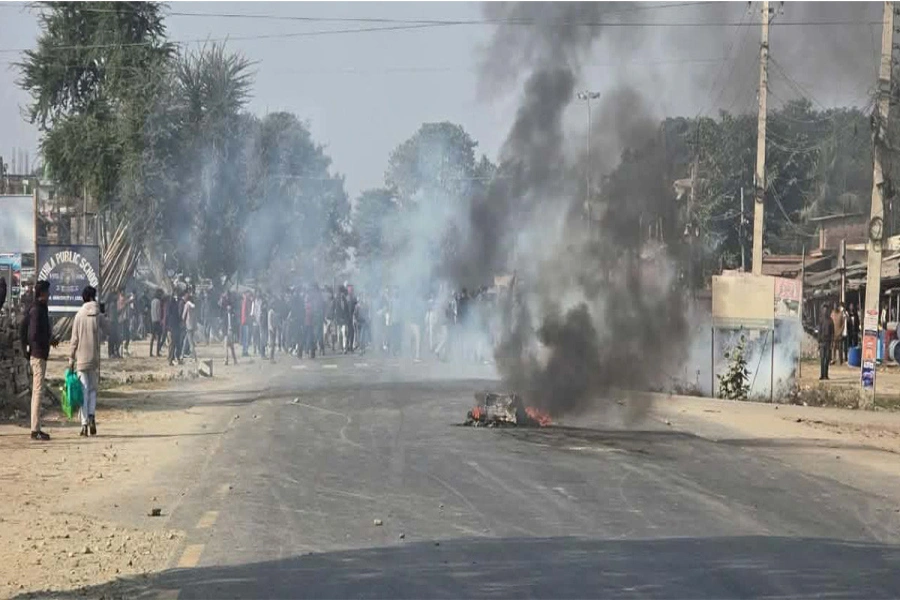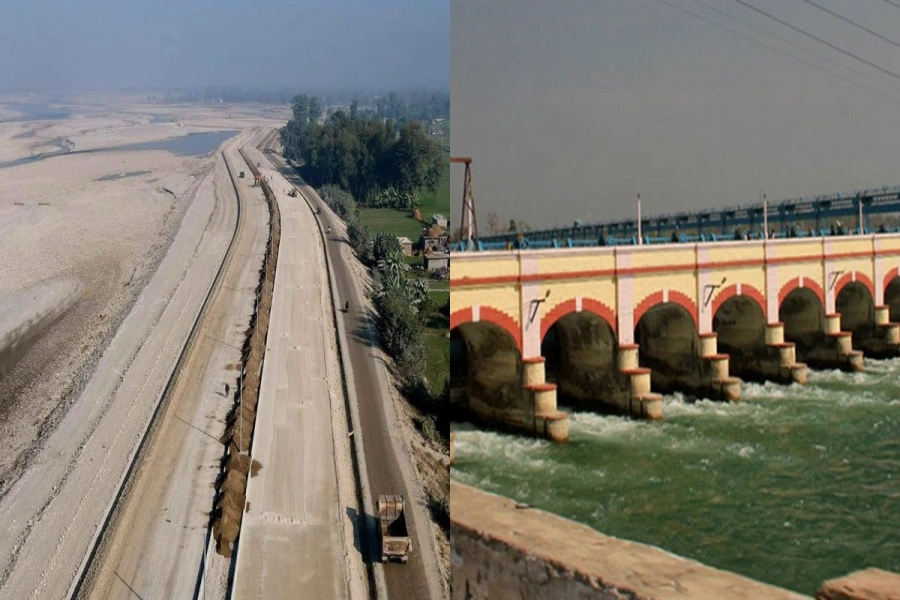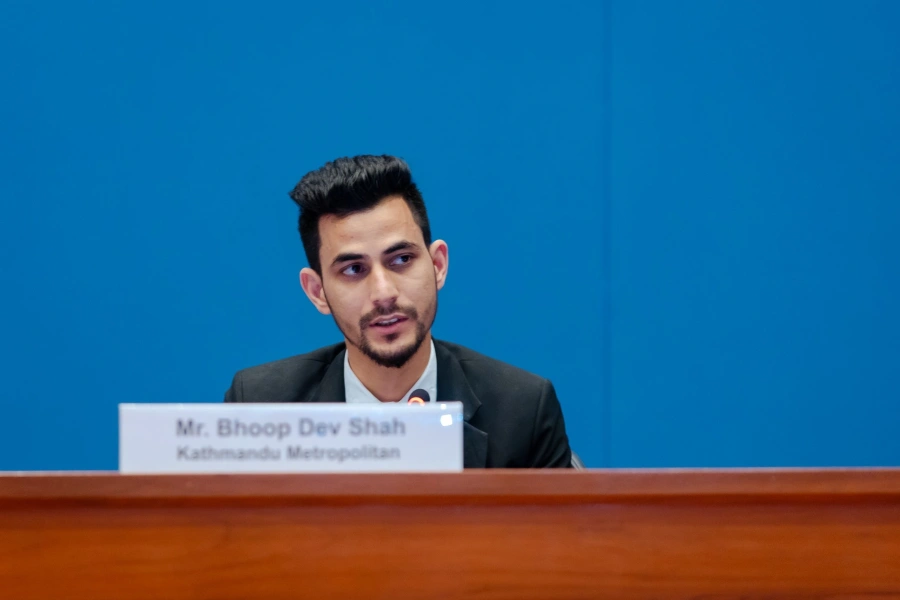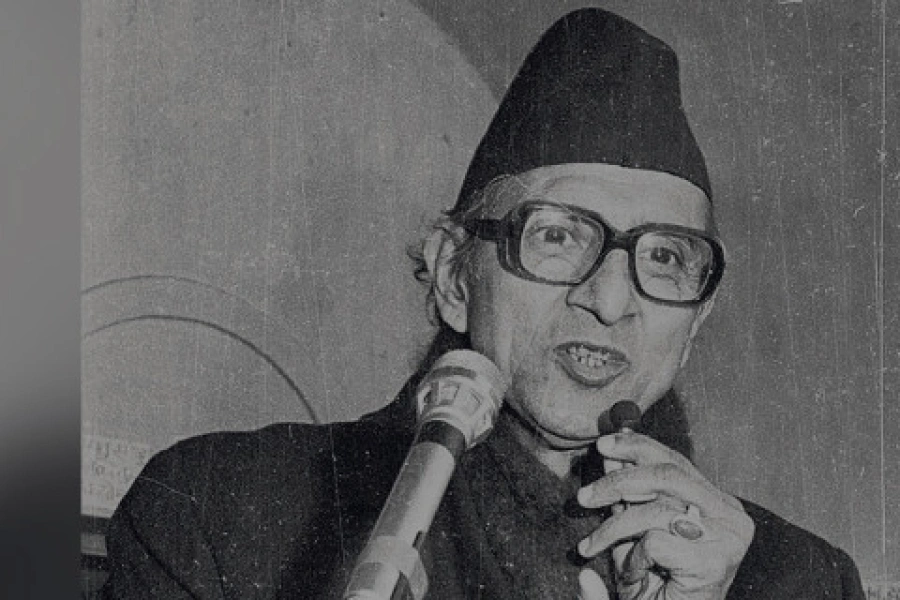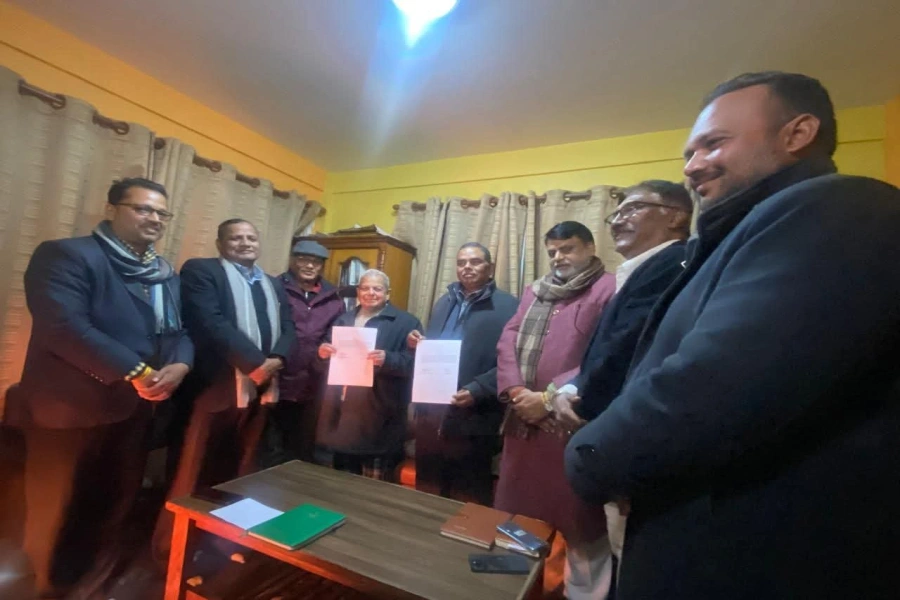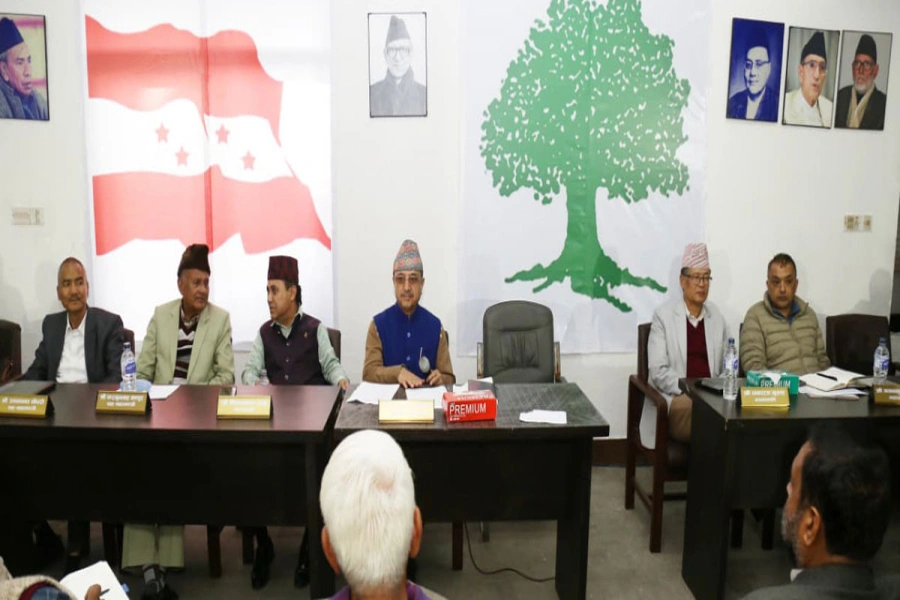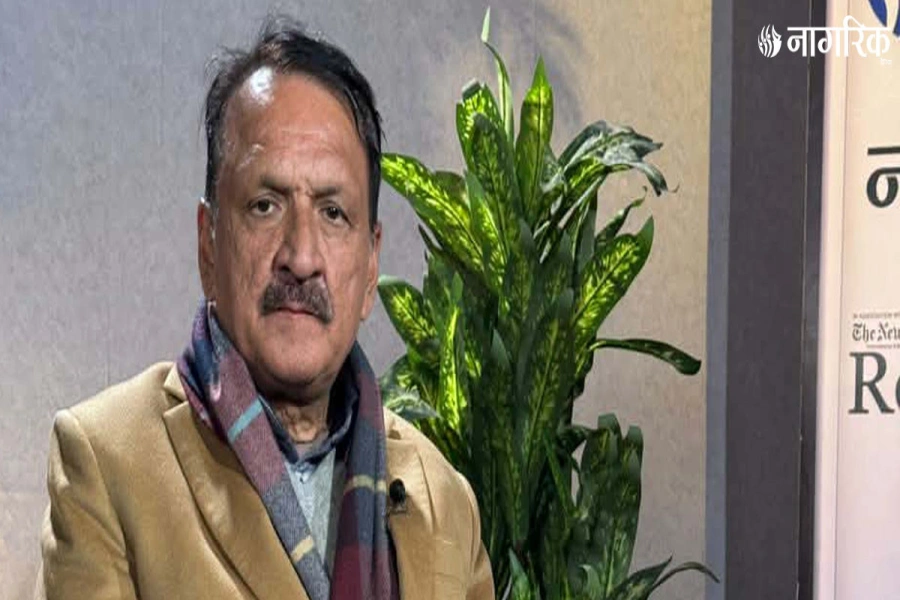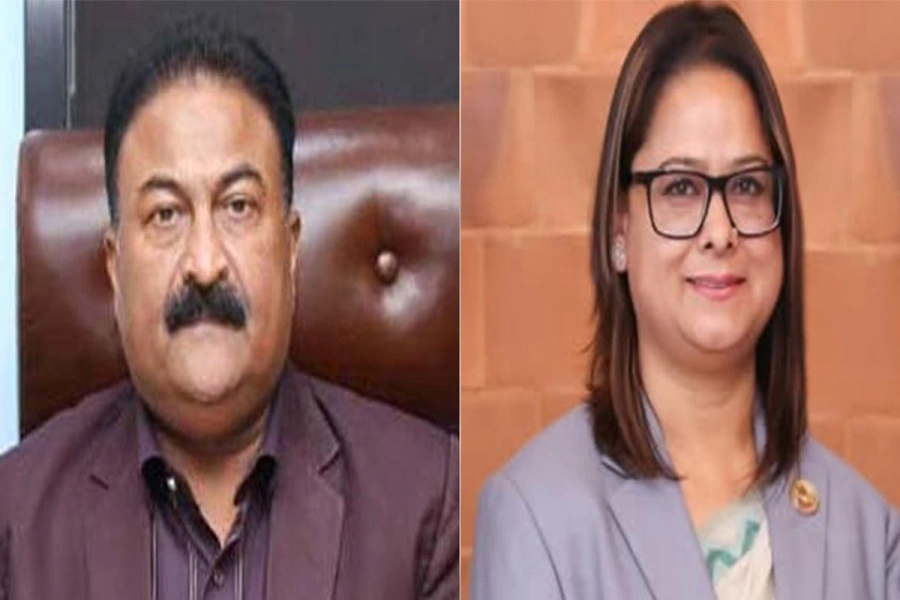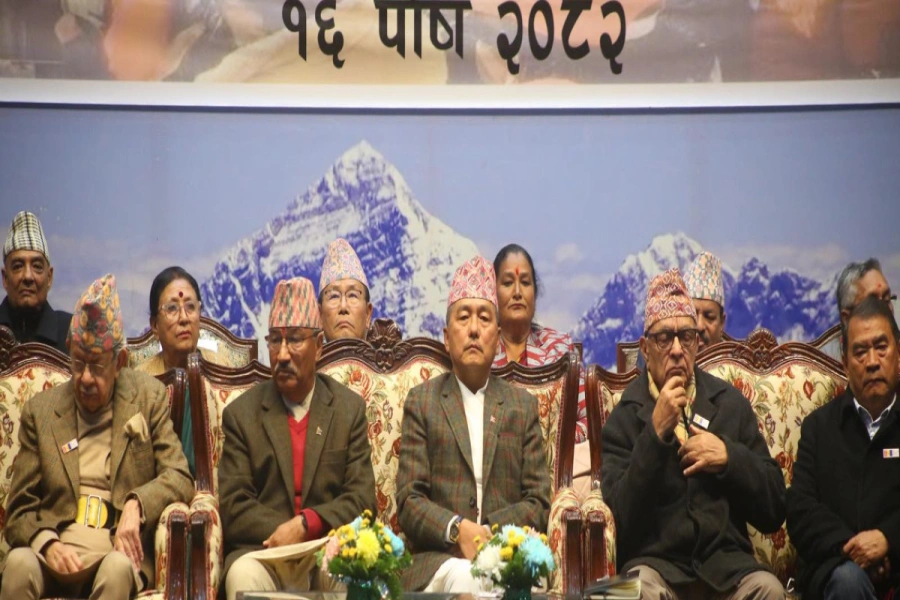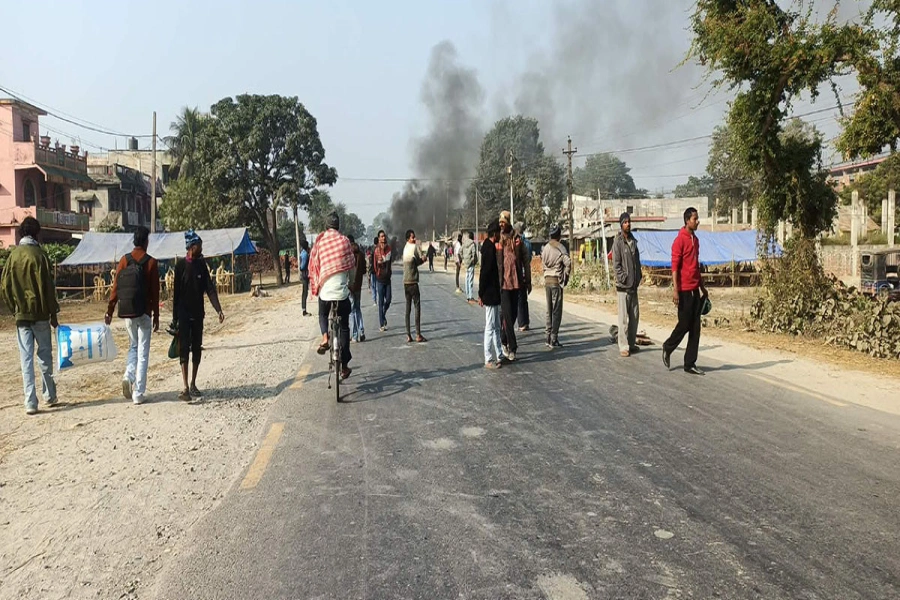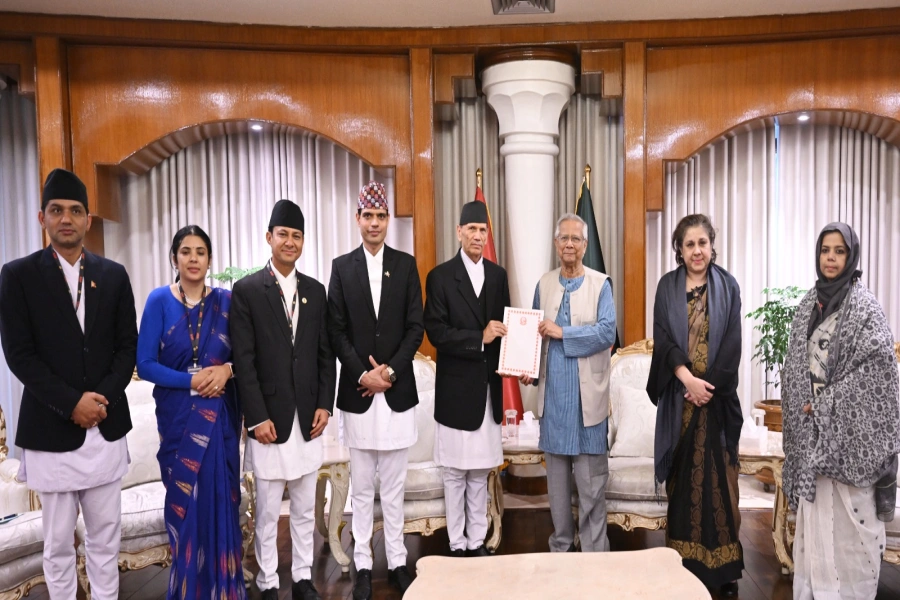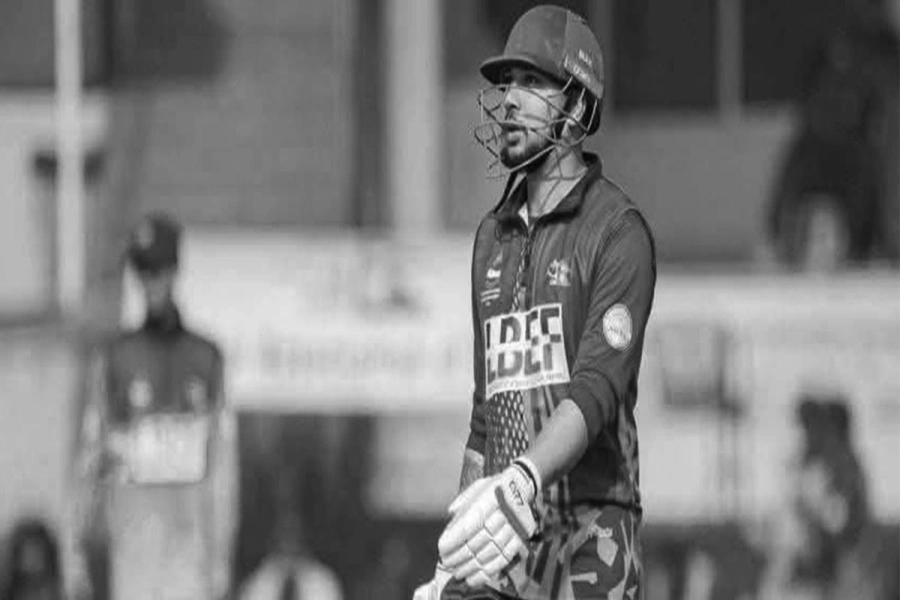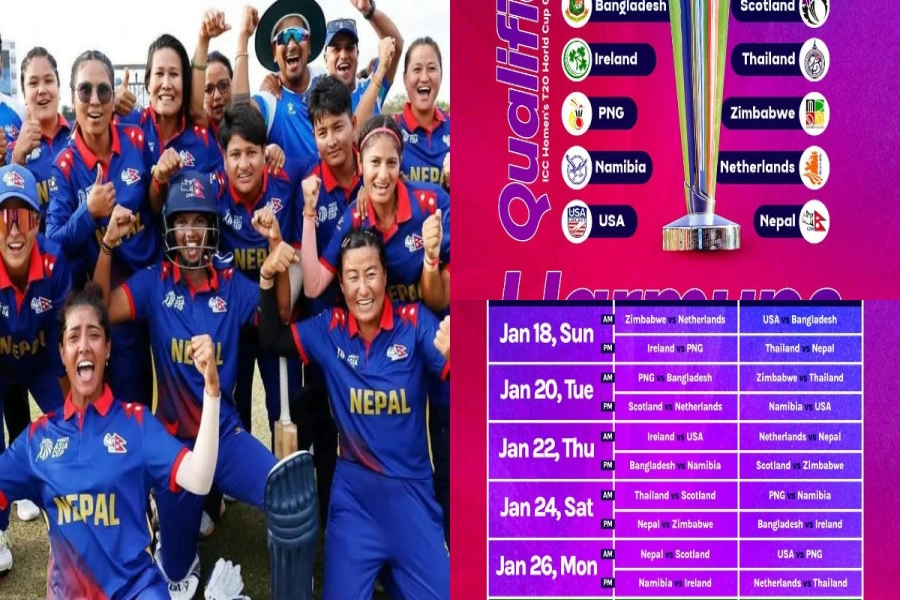First, a disclaimer: This is not to degrade or downgrade any country. I just combined Nepal and Bangladesh to form Nepangladesh.
During my PhD studies in the early 1990s in the UK, I just happened to befriend a Bangladeshi civil servant, coming for an MPA under British scholarship. He turned out to be a good friend of mine. When I visited Dhaka in 2000, he had been promoted to the level of a joint-secretary and was working in the Cabinet. He gave me an opportunity to take a sneak-peek into the Cabinet meeting room. It is like a foreigner having a chance to visit the Cabinet room here, inside Singha Durbar.
Back in the UK, as I was drafting chapters of my thesis, I never realized my Bangladeshi friend would be discreetly reading my writings from behind on the computer screen. He interrupted me and asked a question, “With the Eighth-Five Year Development Plan, Nepal must be a developed country?” “No. Who said that?” I counter questioned him. “Bangladesh is currently at Fourth Development Plan, you people are much ahead of us”, he responded. Literally, he was correlating the number of development plans with the country’s development status. Since then, I have taken this as a cynical joke on development.
With the political whirlwind taking place in Bangladesh, I am fresh with the memories of Bangladesh and Bangladeshi friends.
Is it Nepal’s turn?

Some hedonists, particularly, in the social media, are busy spreading rumors of possible Bangladeshi-type uprising in Nepal. “After Afghanistan, Sri Lanka and Bangladesh, it is now Nepal’s turn”, they are writing on the walls. Similar writings could be seen during the Sri Lankan crisis, warning Nepal to be another Sri Lanka in the making. If some people are inciting Nepali students for doing nothing, others are bashing Nepali politicians. Even the Moist leaders, having just kicked out from the power, are taking the opportunity to warn the government. Based on video clippings of the lootings in Dhaka, an MP from the ruling Nepali Congress even shamelessly compared the Sri Lankan uprising with that of Bangladesh. That is a sheer nonsense thing to do sans local level knowledge. Others are busy drawing Hasina-Pasina cartoons. Even rajabadis, not razakars in Bangladesh, are in jubilant mood reminding people, “King Gyanendra did not have to leave the country in the helicopter”. The rajabadis should know that it is not him leaving the country, rather our netas allowed him to stay in the country. Maybe, given the choice between economic power and political power, he opted for the former.
Could we also have a Bangladeshi-type uprising? My straight forward answer will be: No. We do have an experience in the late 1980s when a group of students went to lodge a protest in the Pakistani Embassy here in Kathmandu, against the execution of former PM Zulfikar Ali Bhuttoto. The subsequent police excesses sparked riots that, ultimately, forced King Birendra to call a referendum.
It is too early to predict anything about the political crisis in Bangladesh. The situation is very much fluid. The appointment of Nobel laureate Prof. Mohammed Yunus, backed by the revolting students, as the leader of the interim government, may be a good choice for gaining support of the West but the question remains: Will he be able to control Islamic and army forces? Can he bring Awami League into the elections? Starting a revolution is one thing, bringing it to a conclusive end is another. Even after 18 years of peace deal, we have not finalized the TRC bill.
Non Comparable
Youths, primarily, students are reported to be behind the political turmoil in Bangladesh. We also have a swath of frustrated, disappointed and unemployed youths together with equally vocal Nepali diaspora desperately waiting to stoke a fire of political tensions. But the situation is totally different here. Unlike in Bangladesh, political changes in Nepal have always been accompanied by the combination of external and internal factors. With internally divided politics and, in the absence of external stimulus, it is too difficult to expect political changes here. Even though the political party leaders of Nepal may be bickering, their animosity level is not that bad as in Bangladesh. Definitely, leaders here are highly inefficient, corrupt and slothful but they are not that heinous. Remember a Sri Lankan academician telling Nepali people, “want to experience university level corruption, come to Sri Lanka”?
One also has to take into account the role of the army. Unlike Bangladesh, Nepali Army is not that much politicized though its autocracy can be questioned.
Political and Economic Ramifications
However, what is worrying for us is not just Bangladesh being our close neighbour but of possible political and economic ramifications. The political analysts are talking about possible refugee influx, with a possible backlash on Hindu and Buddhist minorities in Bangladesh who are sympathizers of Awami League. The religious tensions may easily flare up regional tensions. Often, uprisings in Terai-Madhes of Nepal are equated to Bangladesh in the making. Now, with the crisis in Bangladesh, Terai-Madhesi leaders may be thinking twice.
The second possible impact may come from India getting into a stressful situation. The crisis situation in Bangladesh, once again prove, failure of India’s foreign policy. Putting a blame on China or Pakistan cannot be an outlet. With PM Hasina having close ties with India, anti-Indian sentiments are running high. And this can exert both positive and negative impacts. Positive in a sense that India may be distracted from micro management in Nepal, as it has to calibrate its foreign policy with Bangladesh. Negative in a sense that the situation in Bangladesh might invite more backlashes. When it comes to anti-India, we are no less behind Bangladesh, particularly, under current guff and bluff-master at the helm of the power.
Third, there are as many as 4500 Nepali students, the majority of them pursuing medical degrees, in various universities in Bangladesh. Around 1000 of them have already returned home. If things get worse, the government may have to rescue them. This is going to be a direct challenge to our chubby minister for external affairs.
Fourth, Nepal’s expectations to sell hydro-power to Bangladesh via India, will take a backlash. The program may go into a deep freeze until things get normal. Who knows with the deepening of the crisis, some garment industries may find inroads in Nepal, as they did during the quota system, prior to 2004?
I suppose we should take a more serious assessment of possible political and economic impacts from the crisis in Bangladesh than wishing for a painful pleasure.




